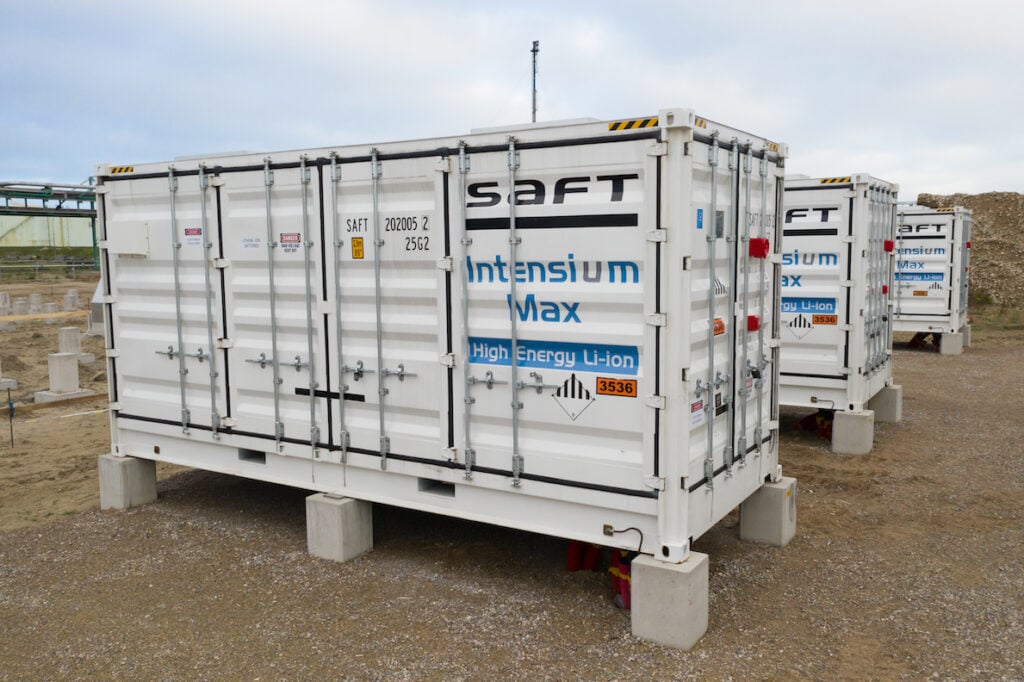What Makes Great Metering Current Transformers Heres What the Pros Use

Top-tier metering current transformers begin with one key element: the right core. Professionals don’t compromise here. They look for materials with low hysteresis and minimal eddy current losses. Grain-oriented silicon steel and amorphous metal cores are the industry’s go-to options. These choices ensure stable performance, even at low current levels, which is essential for maintaining accuracy across a wide range. Engineers also ensure that the core saturation point is well above the rated current. This avoids waveform distortion and supports consistent output. A stable core directly contributes to the transformer’s long-term reliability and measurement integrity.
Accuracy Class: The Unskippable Spec
Accuracy class isn’t just a label — it defines the range of errors the device can have under rated conditions. Experts insist on CTs with a rating of 0.2 or 0.5 class for metering tasks. These are not marketing numbers; they’re industry standards. They directly affect the billing quality and power monitoring data that utilities and industries rely on.
Every decimal point in accuracy class counts, especially for energy audits and metering reports. Slight deviations over time can lead to significant billing discrepancies. That’s why top professionals won’t use anything below the required class, especially in revenue-grade installations.
Thermal Rating Factor Matters More Than You Think
Ignoring thermal rating can cost efficiency and safety. This factor tells users how much current a CT can handle without degrading its accuracy or overheating. Skilled technicians select CTs with higher thermal ratings to ensure reliable output under load variations. This protects both the equipment and the system over time.
In environments where current surges are common, this rating acts as a buffer. It ensures the CT continues functioning accurately under extra thermal stress, preventing system errors and avoiding frequent replacements.
Insulation and Dielectric Strength Keep Systems Safe
A great CT isn’t just accurate; it’s also built to withstand electrical stress. Engineers trust devices with high dielectric strength and superior insulation ratings. This helps in preventing flashovers and ensures safer operation, especially in high-voltage environments.
Professionals also look for CTs with solid insulation systems that resist aging. This allows them to be installed in outdoor panels or harsh industrial environments without fear of failure over time.
High Build Quality Means Longer Life
From the winding process to enclosure sealing, every step affects how long a CT lasts. Premium CTs used by professionals are made with tight winding tolerances and moisture-resistant designs. They're built to resist environmental factors and mechanical stress. This durability ensures minimal maintenance and long-term stability.
High-quality lamination, sealed enclosures, and vibration-resistant designs all contribute to their lifespan. These features reduce the chances of internal failure, even under extreme load cycles.
Mounting and Form Factor: Practicality on the Ground
CTs don’t work in isolation—they’re part of larger panels or systems. That’s why the mounting options and shape matter. Pros prefer flexible form factors that fit easily into control panels, switchgear, or outdoor cabinets. Snap-on or compact ring-type units help reduce setup time and simplify upgrades.
A well-designed CT not only saves time during installation but also makes ongoing maintenance simpler. Professionals favor units that don’t require disassembling the entire system to inspect or replace.
Compliance with Standards Is Non-Negotiable
Professionals stick to CTs that meet strict standards such as IEC 61869 or ANSI C57.13. These certifications confirm that the devices have passed all required tests and meet performance criteria. Compliance ensures the data from the CTs can be trusted across commercial, utility, and industrial applications.
These standards also help in future audits and documentation. Compliance guarantees that the installation will stand up to technical evaluations and regulatory checks.
Testing and Calibration Support Give Real-World Assurance
Good specs mean little without real-world performance. Engineers value CTs that come with detailed test reports and calibration certificates. This documentation confirms that each unit performs within the claimed tolerances, making it easier to validate installations and meet audit requirements.
Regular recalibration schedules are also easier to manage when the manufacturer provides reliable test data. It supports both installation accuracy and ongoing confidence in the readings.
Smart Design for Modern Systems
Today’s grids demand more from every component. The best CTs are made to integrate with digital meters and advanced monitoring systems. They feature clear markings, reliable terminals, and designs that reduce the risk of wiring mistakes. It’s not just about the internal performance — ease of use also matters.
Installers benefit from designs that minimize error during connection and simplify troubleshooting. As systems grow in complexity, intuitive designs help reduce training time and improve consistency.
Wind Up:
Experts choose metering current transformers that balance accuracy, durability, and ease of installation. They don’t chase flashy claims—they stick with solid specifications backed by proven performance. Whether used in large industrial networks or utility grids, the right transformer ensures consistent data and safer systems. For installations that require compact solutions and high accuracy, a toroidal current transformer remains a top pick among field engineers due to its efficiency and ease of use in tight spaces.

Is the Apple iPhone 13 Pro Still the Ultimate Flagship in 2025
- In this post well dive deep into the features of the iPhone 13 Pro explore its advantages and limitations compare it with newer models

Powering the Future with Lithium Ion BESS
- Explore how lithium ion BESS is changing energy storage with Anushri Systech a trusted expert in South India

What a Cerebral Palsy Lawyer Philadelphia Families Should Know Can Actually Do
- We are a law firm that represents victims of catastrophic injuries and death We file lawsuits for medical malpractice product liability dangerous products
Chicken Biryani in North Brunswick Township at Thanjai Mess
- Discover the Bold Flavors of Chicken Biryani in North Brunswick Township at Thanjai Mess